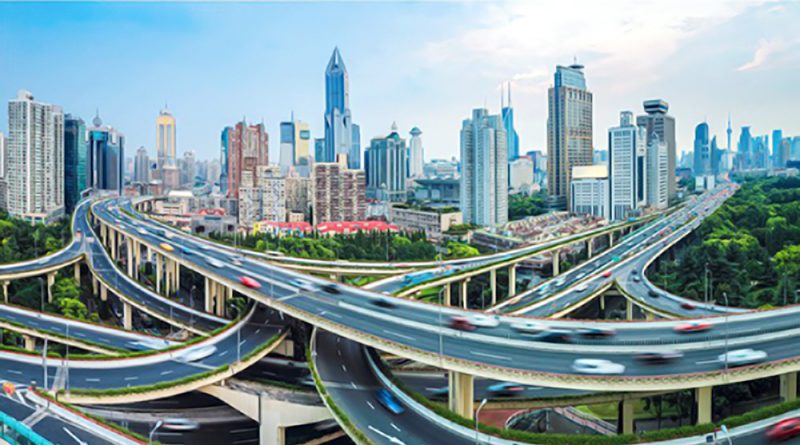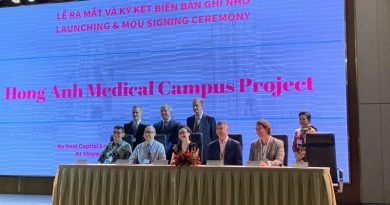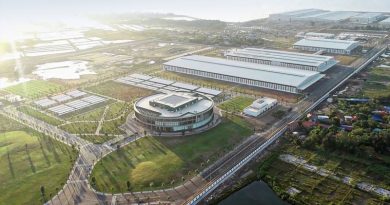Vietnam sees new wave of investment flows focusing on technologies
Cities and provinces in Vietnam are developing plans to become smart cities, thus bringing in huge opportunities for multinational corporations.
A new foreign investment trend is emerging in Vietnam, in which global leading technology groups are entering the country driven by its innovation policy.
According to Nguyen Mai, chairman of the Vietnam Association of Foreign-Invested Enterprises, besides FDI and M&A channels, Vietnam is having opportunities to receive a new foreign investment inflow called the new economy model, meaning cross-border investment without capital contribution to Vietnamese partners.
According to experts, Vietnam is quickly drafting its national strategy to catch up with the Fourth Industrial Revolution and the rapid development of new technologies, driven by its vision of stimulating inclusive socio-economic development through science and technology. Therefore, the country is definitely looking for partners who have strong expertise in technology development and innovation.
Meanwhile, cities and provinces in Vietnam are developing plans to become smart cities, thus bringing in huge opportunities for multinational corporations.
Many foreign groups, such as Ericsson, Siemens, ABB, Volvo Buses, Roxtec and Axis, are venturing further into the country under the model.
Ericsson, for example, has signed a memorandum of understanding with the Ministry of Science and Technology to establish an Internet of Things innovation hub in Hanoi in the first half of 2019.
ABB has been also co-operating with Vietnam’s leading private conglomerate Vingroup, cement producer The Vissai, and many others to promote its technology innovations and achieved success so far in Vietnam.
Meanwhile, Siemens has agreed to provide digital solutions across the entire automotive OEM value chain for VinFast to manufacture first Made-in-Vietnam cars.
Many other foreign firms from Japan, South Korea, the US, and EU are also studying co-operation opportunities in the transport sector in Hanoi, Ho Chi Minh City, and Danang, which already have smart city development plans.
High-quality investments
According to experts, the new foreign investment inflow under the new economic model has contributed to increasing the quality of the foreign investment inflows in the country by strengthening domestic enterprises, thus improving the competitiveness of the economy as a whole.
Looking at the performance of Vietnamese conglomerate Vingroup, the impact of the investment inflow is apparent. Vingroup’s plan has attracted strong interest from multinational corporations. Though they have yet to invest directly in Vietnam, they transfer technology, share experience and business governance.
Vingroup established VinFast in 2017 and has been co-operating with Siemens and others from Germany, Italy, and the US to manufacture engines, designs, and other parts for its cars and motorbikes.
According to Mai, it is too early to confirm whether the Vingroup’s plan will succeed, but it has so far made a big bang with the ‘A star is born’ award from European auto jury organization Autobest and the thousands of registered buyers. This reflects the growing strength of this Vietnamese conglomerate.
Or Viettel, Vietnamese telecom group, has recently cooperated with Ericsson to provide 5G services in the country by 2019 and make the services available nationwide by 2020.
The facts prove that the investment inflow under the new economic model has not only contributed to the growth of domestic companies but also changed the FDI landscape across several sectors. Foreign investors now tend to seek cooperation with powerful Vietnamese counterparts to jointly develop projects.
Besides, in the fourth industrial revolution era, experts forecast that the new foreign investment trend for Vietnam will help the country remove the current shortcoming in technology transfer. It is also expected to ease concerns about a reduction in the country’s FDI attraction so far this year, and promises better quality and stronger inflows in the future.
Source: hanoitimes.vn







